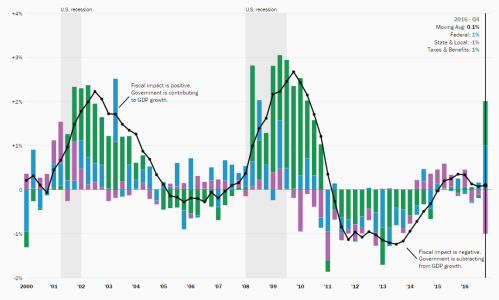

Research
BPEA | 1985 No. 2
1985, No. 2
IN 1980, I noted three characteristics of the U.S. union labor market: a tendency for union wage increases to outpace nonunion, an insensitivity of wage decisions to real demand conditions, and a gradual erosion of the membership base. In 1982, as dramatic developments in the determination of union wages began to unfold, I reported on a series of wage concessions that had been negotiated in industries as diverse as automobile manufacturing, intercity trucking, and meatpacking. Despite the widespread concessions, however, it was impossible at that time to detect any substantial change in the union labor market as described above.